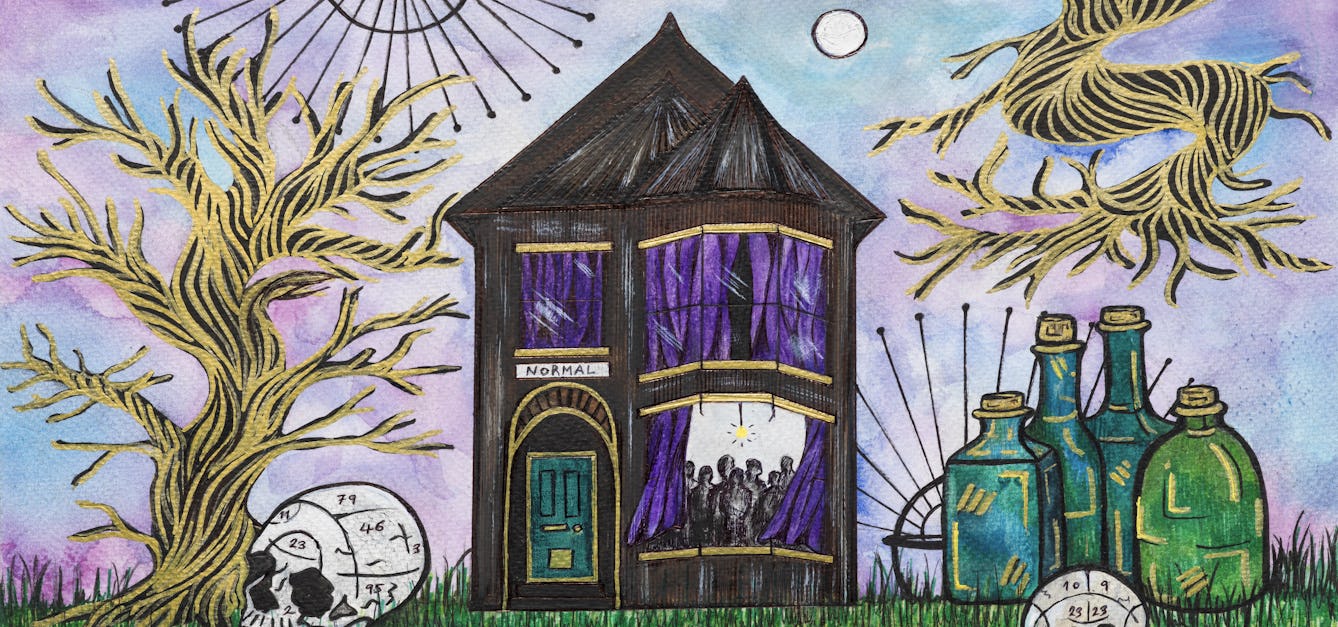Stories

- Article
The cures and demons of sleep paralysis
Discover the murky past of sleep paralysis, the terrifying disorder once associated with demonic possession

- Book extract
The 200-year search for normal people
Sarah Chaney poses the question we’ve likely all asked at some point in our lives: 'Am I normal?’, and explores whether normality even exists.

- Article
Virtual reality and the fix of the future
Virtual reality, with its complex sensory tricks, takes us beyond the real world. Find out how these potentially addictive experiences can harm us – or might even have therapeutic uses.

- Article
The healing power of breathing
The healing powers of different breathing methods are said to help with a range of health challenges, from asthma to PTSD. Effie Webb traces their spiritual origins and explores the modern proliferation of breathwork therapies.
Catalogue
- Journals
Sleep.
- Archives and manuscripts
Sleep, dreams and the dream screen
Date: 1951-1964Reference: PP/RYC/E.8/1Part of: Rycroft, Dr Charles (1914-1998)- Books
Diagnostic and statistical manual of mental disorders : DSM-IV / [prepared by the Task Force on DSM-IV and other committees and work groups of the American Psychiatric Association].
Date: [1994], ©1994- Books
Diagnostic and statistical manual of mental disorders : DSM-5 / [American Psychiatric Association ; DSM-5 Task Force].
Date: [2013], ©2013- Books
Diagnostic and statistical manual of mental disorders : DSM-IV-TR.
Date: [2000], ©2000









